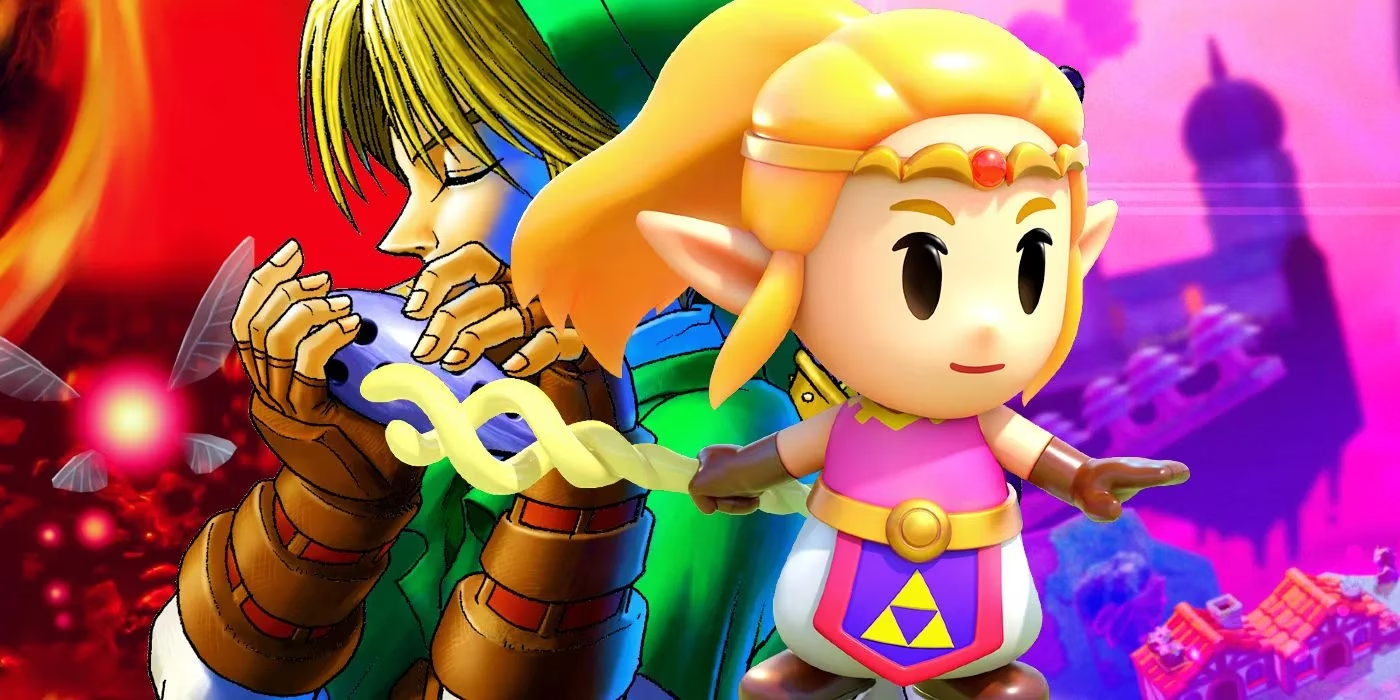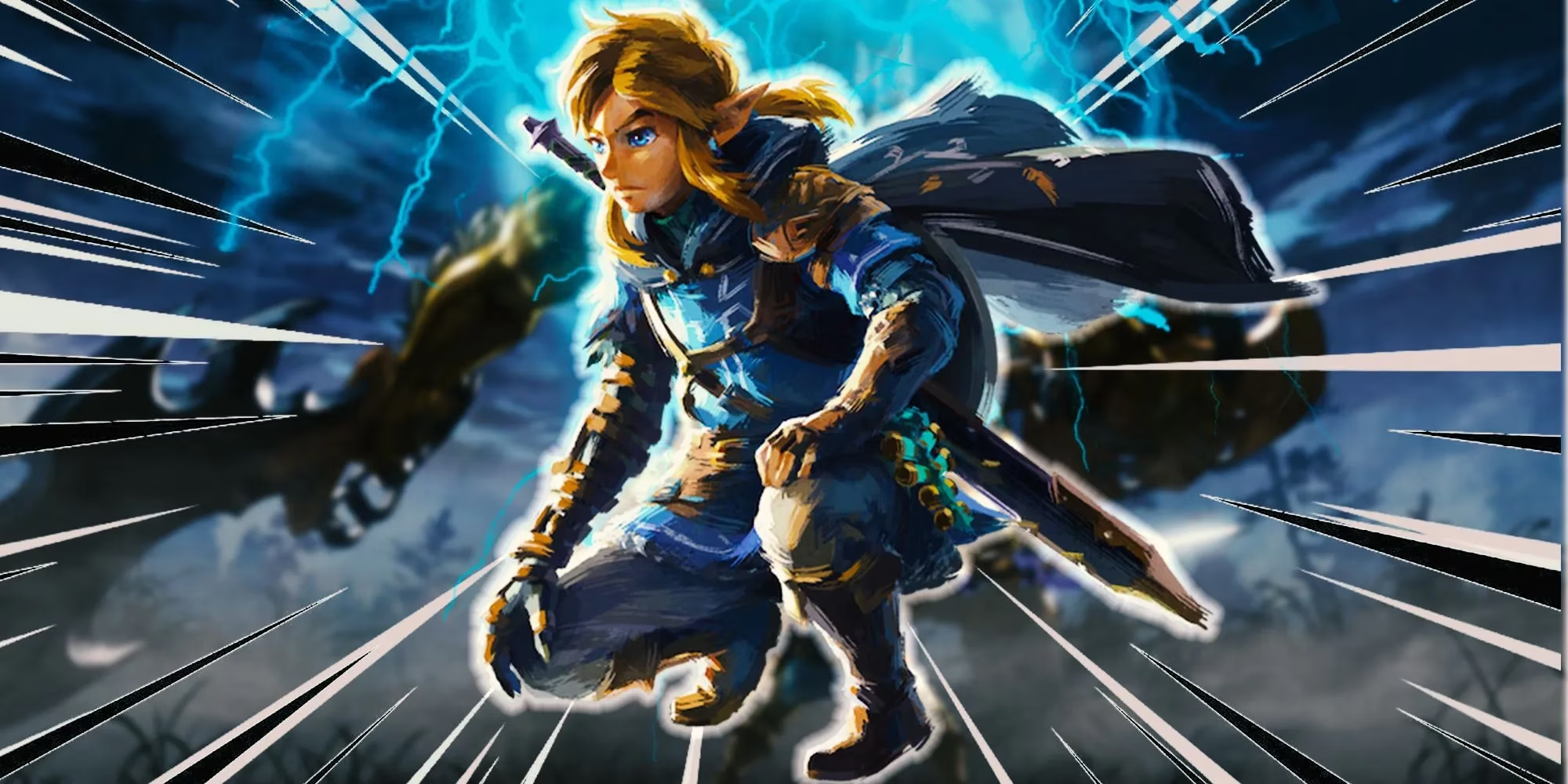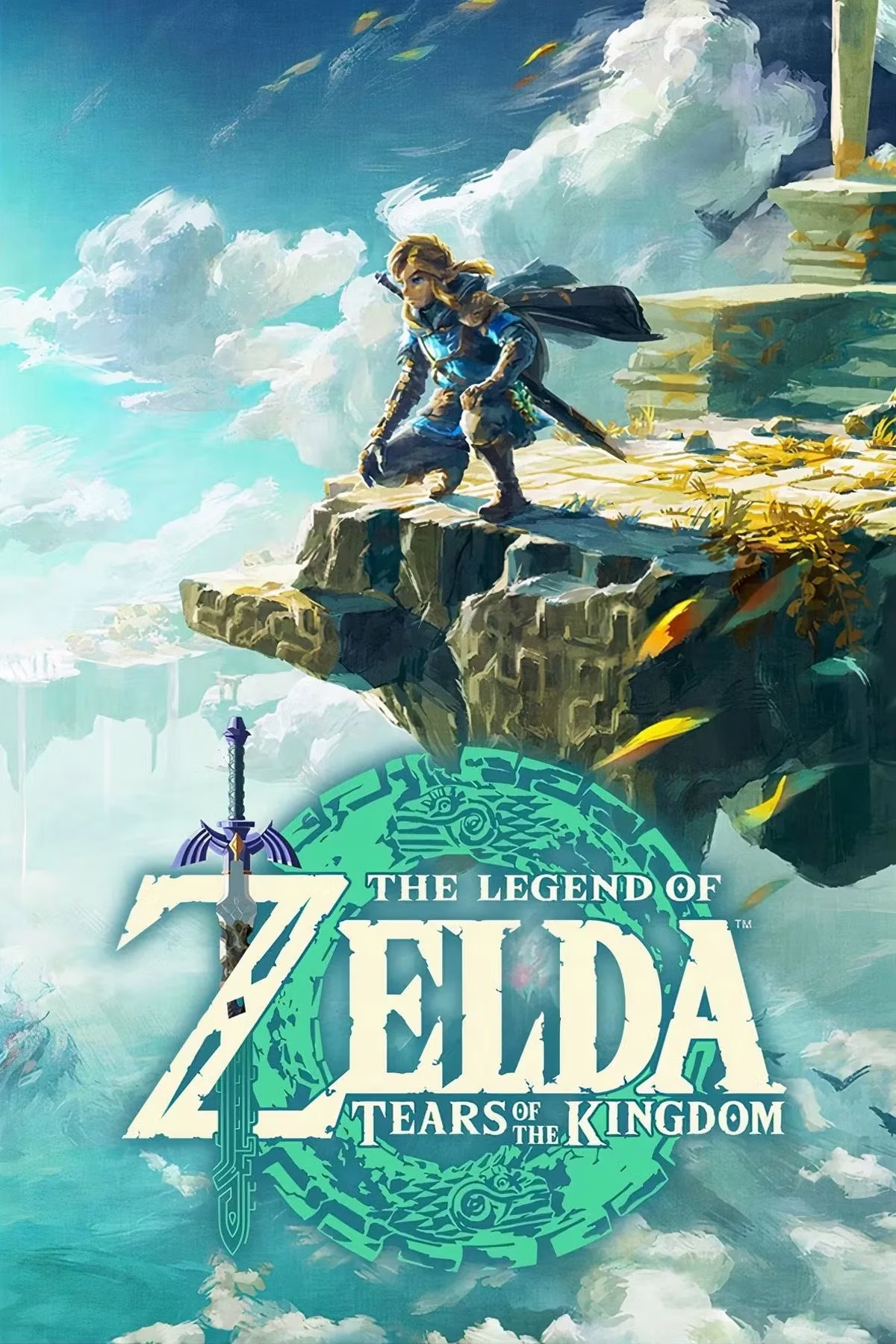The Legend of Zelda series has long fascinated fans with its intricate, branching timeline—a narrative web that spun into three distinct paths after the pivotal events of Ocarina of Time. For decades, every game found its place within these branches: the Fallen Hero timeline where Link fails, the Child timeline where he prevents Ganondorf’s rise, and the Adult timeline where Hyrule floods. Yet the arrival of Breath of the Wild and Tears of the Kingdom on the Nintendo Switch has thrown this carefully structured universe into delightful chaos. These modern masterpieces dangle outside all established timelines, creating a tantalizing enigma that sparks endless debate among Hyrule historians. Are they a reboot? A convergence? Or something entirely new?
The Foundation: Ocarina of Time’s Three-Way Split
The classic Zelda timeline hinges on a single moment: the Hero of Time’s fate in Ocarina of Time. As the reference material explains:
-
Fallen Hero Timeline: Link falls in battle, allowing Ganondorf to conquer Hyrule (leading to games like A Link to the Past).
-
Child Timeline: Link warns Zelda and the sages after returning to childhood, averting disaster (Twilight Princess follows this path).
-
Adult Timeline: With Link gone after sealing Ganon, the gods flood Hyrule (setting the stage for Wind Waker).

This trifurcation created order—until Breath of the Wild emerged in 2017. Suddenly, here was a game referencing ancient heroes like the Twilight and Skyward Sword incarnations, yet clearly unfolding millennia later. Director Hidemaro Fujibayashi even confirmed it occurs "long, long after any previous titles," placing it in a nebulous "Era of Myth." But where does that leave Tears of the Kingdom, with its time-bending journey to Hyrule’s founding?
The BOTW/TOTK Conundrum: A Timeline Untethered
Neither Breath of the Wild nor Tears of the Kingdom slots neatly into the existing branches. They’re outliers—officially placed in a standalone section within the lore. But what does this actually mean? As the source clarifies:
-
They’re not a separate universe, just chronologically adrift.
-
Fujibayashi intentionally crafted ambiguity, inviting players to imagine their own connections.
-
Princess Zelda’s dialogue explicitly names past heroes (Twilight, Sky, Time), proving shared history.
So why the isolation? Consider this: when Zelda mentions "echoes of wisdom" from bygone eras, isn’t she acknowledging that Hyrule’s past is now legend, not recorded history? The timeline hasn’t shattered—it’s simply faded into myth.
Theories Galore: Where Could They Fit?
Fans have passionately debated placements, with compelling arguments for each:
-
Child Timeline Theory: References to the Hero of Twilight suggest BOTW follows Twilight Princess. TOTK’s founding era could then precede Minish Cap.
-
Unified Timeline Theory: Could BOTW merge all three branches? Ancient Sheikah tech might explain this convergence.
-
Adult Timeline Twist: TOTK’s sky islands and zonai tech eerily resemble Spirit Tracks’ New Hyrule. Are the guardians evolved from that era’s trains?

Tears of the Kingdom’s time travel intensifies the puzzle. When Zelda plunges into Hyrule’s founding age—post-Skyward Sword but pre-timeline split—she interacts with zonai ancestors. Does this create a bootstrap paradox where she influences her own history? Or is it a closed loop, always part of the saga?
Ganondorf: The Eternal Wildcard
Ganondorf’s role in TOTK further muddies the waters. Is the desiccated demon king beneath Hyrule Castle:
-
The same Ganondorf defeated in Twilight Princess, resurrected yet again?
-
A new incarnation, proving Demise’s curse transcends timelines?
The reference notes Ganondorf has perished repeatedly across eras, yet persists. TOTK’s mummified villain might be both—a familiar malice wearing fresh skin. When Rauru seals him pre-timeline-split, could this explain why no branch claims BOTW? Perhaps his eternal cycle defies linear categorization.
People Also Ask: Burning Timeline Questions
Here are common fan inquiries—answered with deliberate room for speculation:
- Do BOTW and TOTK retcon previous games?
No. Fujibayashi’s vagueness preserves all lore while letting players "fill gaps" creatively.
- Why isn’t TOTK in the official timeline chart?
Its dual-era narrative (past/future) disrupts linear placement—it’s a chronological chameleon.
- Could the timeline split again after TOTK?
Absolutely! The founding-era zonai could birth new branches yet unseen.
- Does Ganondorf remember past defeats?
His TOTK dialogue hints at millennia of hatred—suggesting he might.
Embracing the Mystery: The Beauty of Unanswered Lore
The brilliance of BOTW and TOTK’s timeline limbo lies in its invitation. When Zelda recalls "legends" of sky and twilight heroes, she mirrors players piecing together lore fragments. Tears of the Kingdom’s murals depicting Rauru and Sonia aren’t just plot devices—they’re metaphors for fans interpreting faint historical traces. After all, in a series built on exploration, shouldn’t its greatest mystery remain unsolved? What fun would Hyrule be without rabbit holes to fall into?

As debates rage in 2025, one truth endures: these games belong exactly where they are—nowhere and everywhere simultaneously. They’re less about fitting into a timeline than about how timelines, like memories, blur and reshape over epochs. Perhaps the real question isn’t "where" they sit, but how they expand what Zelda can be. And isn’t that the magic Nintendo intended?